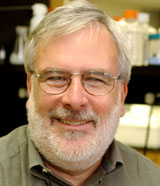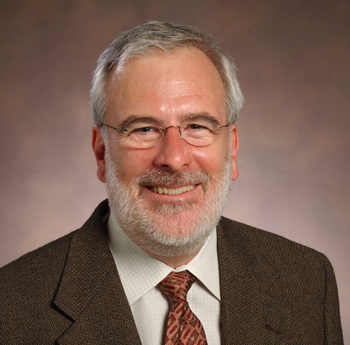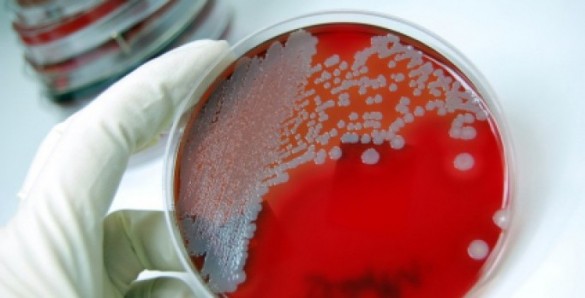Vanderbilt University’s Richard Armstrong, Ph.D., is part of a multi-institutional research team that has found a new way to interrogate a “super-family” of enzymes involved in detoxification, cellular metabolism and antibiotic resistance, which have many other as-yet-undiscovered functions.

Their approach, published in the current issue of the journal PLOS Biology, provides a “roadmap” for determining the function of enzymes from the genetic sequences that encode them and their three-dimensional structures.
“We don’t know what most of these proteins actually do. That’s the major challenge,” said Armstrong, professor of Biochemistry and Chemistry, who partnered in the research with Steven Almo, Ph.D., of Albert Einstein College of Medicine in New York, and Patricia Babbitt, Ph.D., from the University of California, San Francisco.
Once function has been determined, it may be possible to alter it in a way to prevent bacteria from becoming resistant to antibiotics, or boost the ability of other microorganisms to break down environmental pollutants, a process known as bioremediation.
The scientists focused on the superfamily of cytosolic glutathione transferases (cytGSTs). Cytosolic means these enzymes are not bound to a cellular membrane. They act in concert with the antioxidant glutathione primarily to protect the cell from “oxidative stress,” detoxify harmful chemicals and play other key roles in metabolism.
From 13,000 non-redundant cytGST genetic sequences, the researchers generated “clusters” of similar sequences and structures. They crystalized representative samples from various clusters, and in so doing identified 37 new molecular structures, or snapshots, of 27 proteins in different states.
Using information from known enzymes in the clusters, and a high-throughput assay system for analyzing others, they were able to confirm cytGST-like activity in 82 enzymes that had not previously been characterized. This increased the number of known enzymes in this superfamily by about 50 percent.
That’s just the tip of the iceberg, of course. “One of the most important aspects of the bioinformatics is that it illustrates how much we don’t know,” Babbitt said.
The challenge is not sequencing or determining protein structure through techniques like X-ray crystallography, which, in Almo’s lab, has become a heavily automated, high-throughput operation. “It’s the function, which is the most difficult and expensive thing to elucidate in the lab,” Armstrong said.
This is where the bioinformatics provided by Babbitt’s team was crucial. Almo’s lab provided structural context for the data coming out of her group, while Armstrong and his colleagues provided functional annotations of the proteins.
The research was funded through the Enzyme Function Initiative, supported by National Institutes of Health grant GM093342, and also by NIH grants GM060595 and GM103311.















